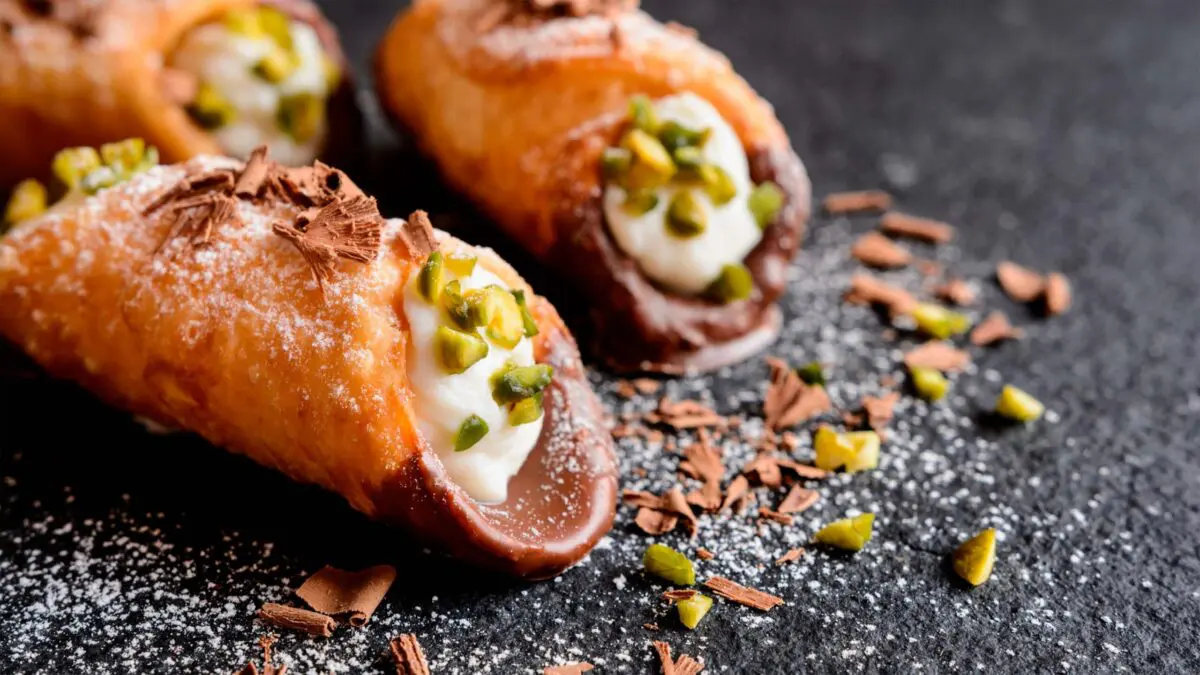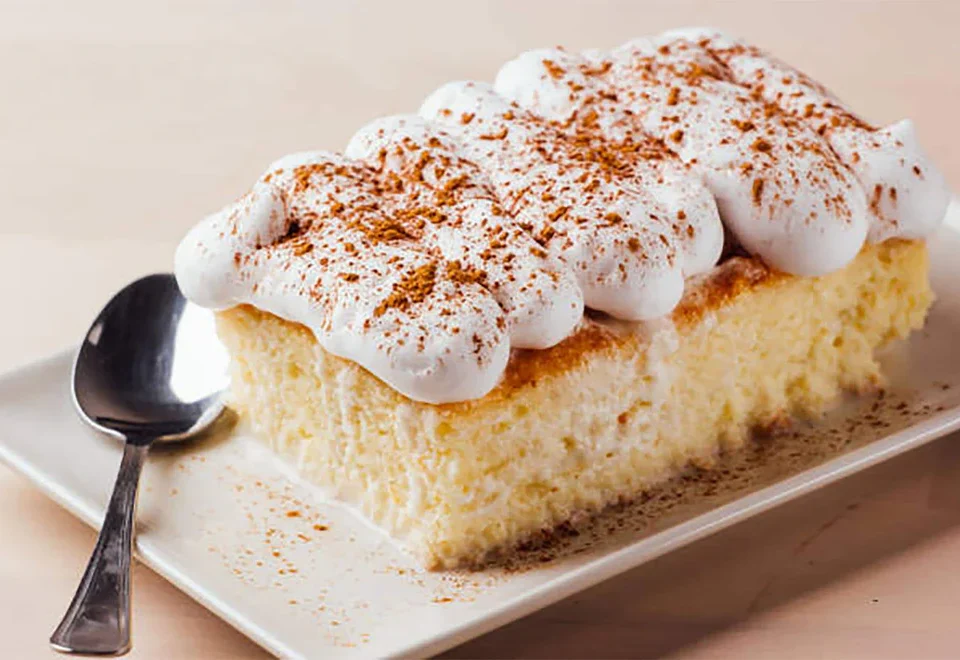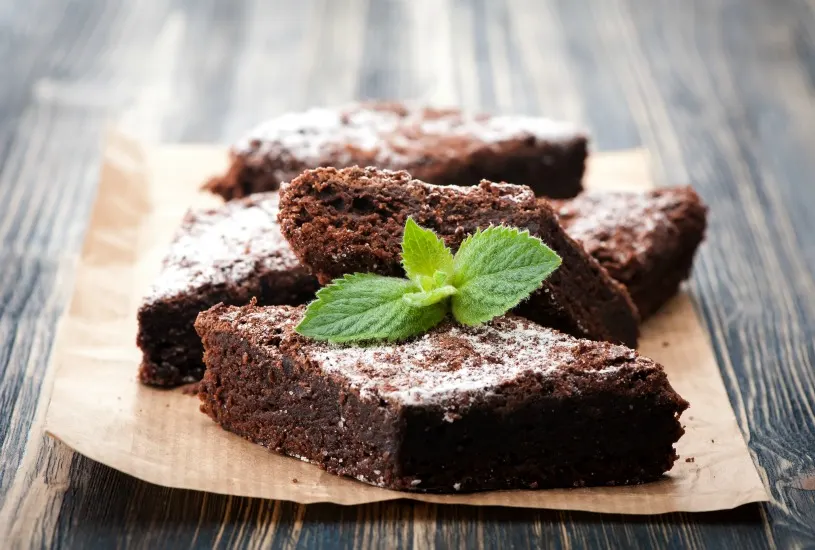
Fine Mesh Sieve or Chinois
July 15, 2025
Microplane Zester
July 24, 2025Crisp fried pastry tubes filled with sweet ricotta
Introduction: A Pastry with Personality
Few desserts carry the kind of personality that a cannolo does. Crisp, golden pastry filled with rich, sweet ricotta—it’s indulgent, joyful, and unmistakably Sicilian. Whether enjoyed during a wedding, a feast day, or a quiet afternoon, cannoli are more than just a dessert—they’re a celebration in themselves.
At Flux Desserts, we love exploring the roots of the world’s favourite sweets. Today, we’re delving into the origins, traditions, and global journey of the cannoli (plural: cannoli).
Who Invented the Cannoli? A Dessert Born in Sicily
The cannolo’s birthplace is widely accepted to be Sicily, particularly around the city of Caltanissetta in central Sicily. While it’s challenging to pinpoint the exact origin of any historical food, many food historians believe it was first created by women in local convents during the Arab rule of Sicily between the 9th and 11th centuries.
There’s also a widely told tale linking its invention to the harems of Saracen rulers, where the pastry may have started as a symbolic treat, representing fertility and celebration.
Later, it evolved into a staple during Carnevale, the festival season before Lent, where indulgence is encouraged before 40 days of fasting. Over time, cannoli became a year-round favourite, especially among Sicilian families.
Why Sicilians Love Cannoli So Much
Cannoli are embedded in Sicilian culture. Every bakery has its version. Recipes are often handed down through generations, with slight differences in shell texture, filling flavour, and size.
But at its core, the cannolo represents the best of Sicilian food: simple ingredients used with care and attention. Ricotta from local sheep’s milk, citrus zest, and honey or sugar for sweetness—flavours tied closely to the region’s landscape and history.
How the Cannoli Travelled the World
Like many Italian dishes, the cannolo spread through migration. When Sicilian families moved to the US, Australia, and beyond in the early 20th century, they brought their recipes with them.
In places like New York and Melbourne, you’ll find bakeries offering jumbo-sized cannoli, chocolate-dipped shells, or fillings with added mascarpone or flavoured creams. Some versions use whipped cream or custard when ricotta isn’t available, but purists will always defend the original sheep’s milk ricotta.
Popular Variations & Accompaniments
Here are a few twists you might spot on this classic:
- Chocolate-dipped shells – Adds richness and crunch
- Pistachio or candied orange ends – A nod to Sicilian ingredients
- Mini cannoli – Bite-sized and popular for events and platters
- Coffee-infused filling – A modern twist popular in cafes
- Vegan cannoli – Using plant-based ricotta and egg-free shells
Cannoli are often served with a dusting of powdered sugar and sometimes paired with an espresso or sweet dessert wine, such as Marsala.
Final Thoughts from Our Kitchen
At Flux Desserts, we don’t currently serve traditional cannoli, but we’re endlessly inspired by its texture, filling, and celebratory nature. You’ll often find it influencing our flavour combinations, especially in desserts that balance crisp pastry with a creamy centre.
The cannolo is proof that good food tells a story—and sometimes, that story is centuries old.



